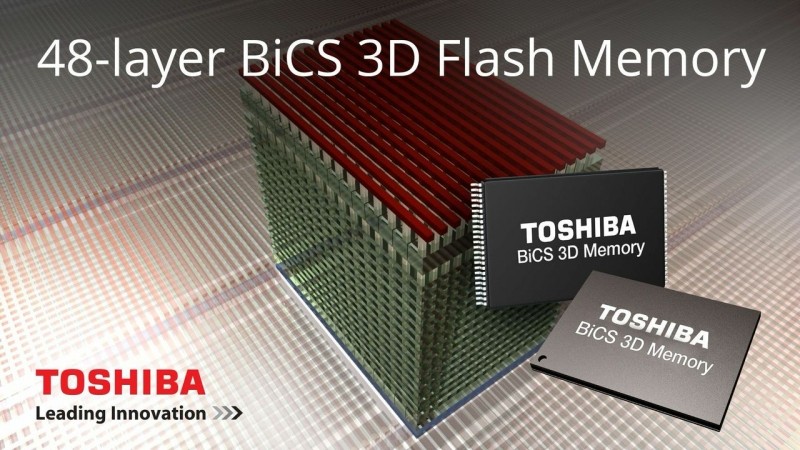According to a new InformationWeek report, the price of solid-state drives "is in freefall", claiming that the advent of 3D NAND has increased SSD capacity while simultaneously decreasing its prices. The solid-state storage caveats of limited size and huge expense were once major factors as to why many people refused to upgrade, but thanks to the adoption of 3D NAND and excellent die yields, these issues are becoming a thing of the past.
The report states that this is the year SSDs will nearly catch up to HDDs in capacity, surpassing them in 2016 and with the first 30 TB solid-state drive coming into existence in 2018. Prices for SDDs have continued to decrease over the last year, and it's suspected that by the end of 2016 the cost difference between mechanical and solid-state storage will be negligible.

Once solid-state drives reach price and capacity parity with HDDs, will it result in the older technology's eventual demise? Perhaps, not only because SSDs can be over 100 times faster than HDDs, but the previous worry that they would wear out quickly now seems like a non issue.
Solid-state storage is quickly becoming the most recommended upgrade component for PCs. SSD owners find arduous booting speeds become a thing of the past, while their ability to reduce loading times between levels is a huge incentive for gamers. Hard disk drives will no doubt be with us for a good few years to come, but like so many various storage devices before them, they will eventually be replaced by a faster, cheaper and less power-hungry technology.